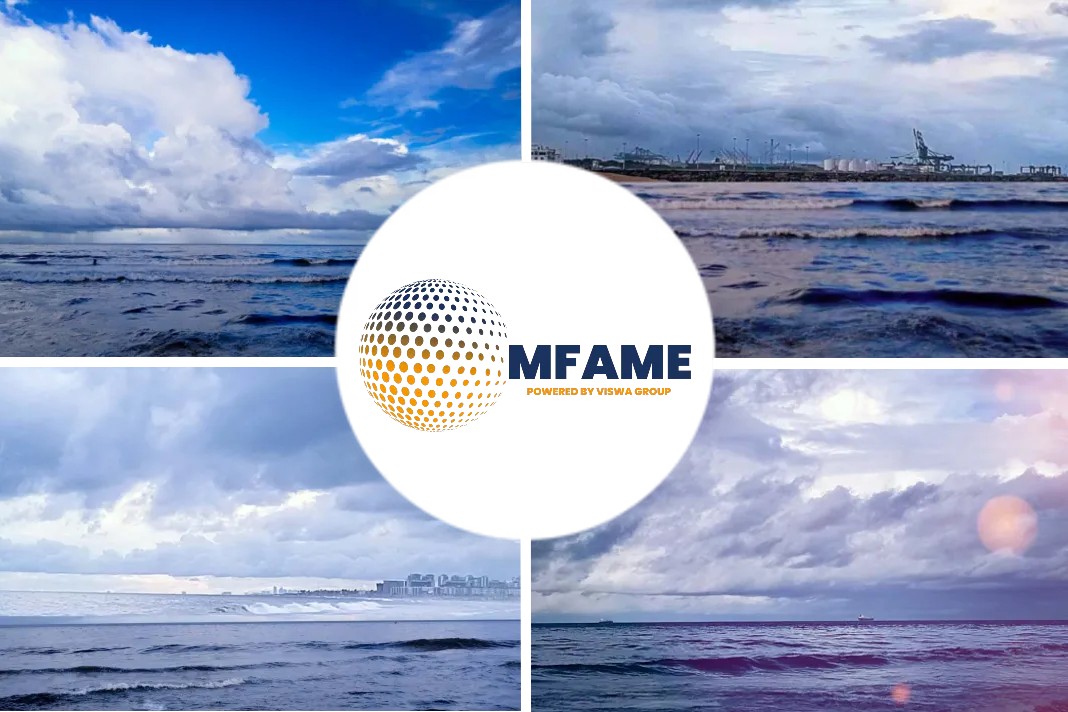
Marine transportation accounts for over 80% of international trade. It is facilitated by superstructures, such as passenger ships, container ships, oil tankers, and roll-on–roll-off car ferries, making it efficient and effective. Nevertheless, there is an ever pressing need to make shipping more economical. In this regard, scientists have conducted numerous studies to improve the aerodynamic performance of ships, which face significant drag force from winds on their above-water hull—the visible body of the ship—when sailing.
Simulation and comparison different bow covers
Recently, an international cooperation research group—comprising Dr.Ngoc-Tam Bui, an Assistant Professor at the College of Systems Engineering and Science at the Shibaura Institute of Technology and Dr. Ngo Van He and Dr. Ngo Van Hien, Associate Professors from Hanoi University of Science and Technology—has simulated and compared different bow (the front of the hull) covers, which reduce the total wind drag acting on ships. Their work was published in Ocean Engineering.
Prof. Bui briefly explains the research methodology. “This work utilized ANSYS-Fluent, a commercial software, for performing computational fluid dynamics (CFD) simulations. Herein, a small passenger ship (with and without a bow cover) and its surroundings were divided into millions of elements using a mesh—a numerical grid. Then, ‘Reynolds-averaged Navier–Stokes equations,’ which represent time-averaged fluid flow motion for each element, were solved using a turbulent viscous model. Their combined results yielded the wind drag acting on the ship’s above-water hull.”
Finer mesh for best results
The researchers found that a finer mesh gave more accurate results, with 23.62 million elements as an optimum number. In addition, a model called ‘detached-eddy-simulation (DES) k-ε’ yielded the lowest wind drag out of the five turbulent viscous models tested in this work. Using the optimum mesh and DES k-ε model, the researchers performed CFD simulations for seven flat plate-shaped bow covers of different lengths and heights, as well as a conventional streamlined cover.
“The dynamic pressure region around the bow and the wind drag reduced drastically with increasing height of the flat plate cover. The ship faced 38.71% lower total drag with a 2.4 m-high bow cover than a 0.37 m-high one. This value is similar to the 42.41% reduction for a ship with the streamlined cover,” says Prof. Bui.
Effect of wind direction on aerodynamic performance
In this work, the researchers also highlight the effect of wind direction on the aerodynamic performance of a ship. The drag is the highest, irrespective of the bow cover when the wind blows at an angle of 20o to the ship’s direction. Further, it is almost zero for 90o. At larger angles, the wind drag reverses direction, aiding the ship’s movement.
Discussing the future potential of the present work, Prof. Bui says, “The proposed flat plate bow cover is simple to manufacture and reduces the wind drag acting on a ship almost as well as a streamlined cover. Thus, it will improve the aerodynamic performance of small passenger ships, resulting in greater fuel oil savings and economic efficiency in marine transportation.”
Did you subscribe to our daily Newsletter?
It’s Free! Click here to Subscribe!
Source: Science Daily





















